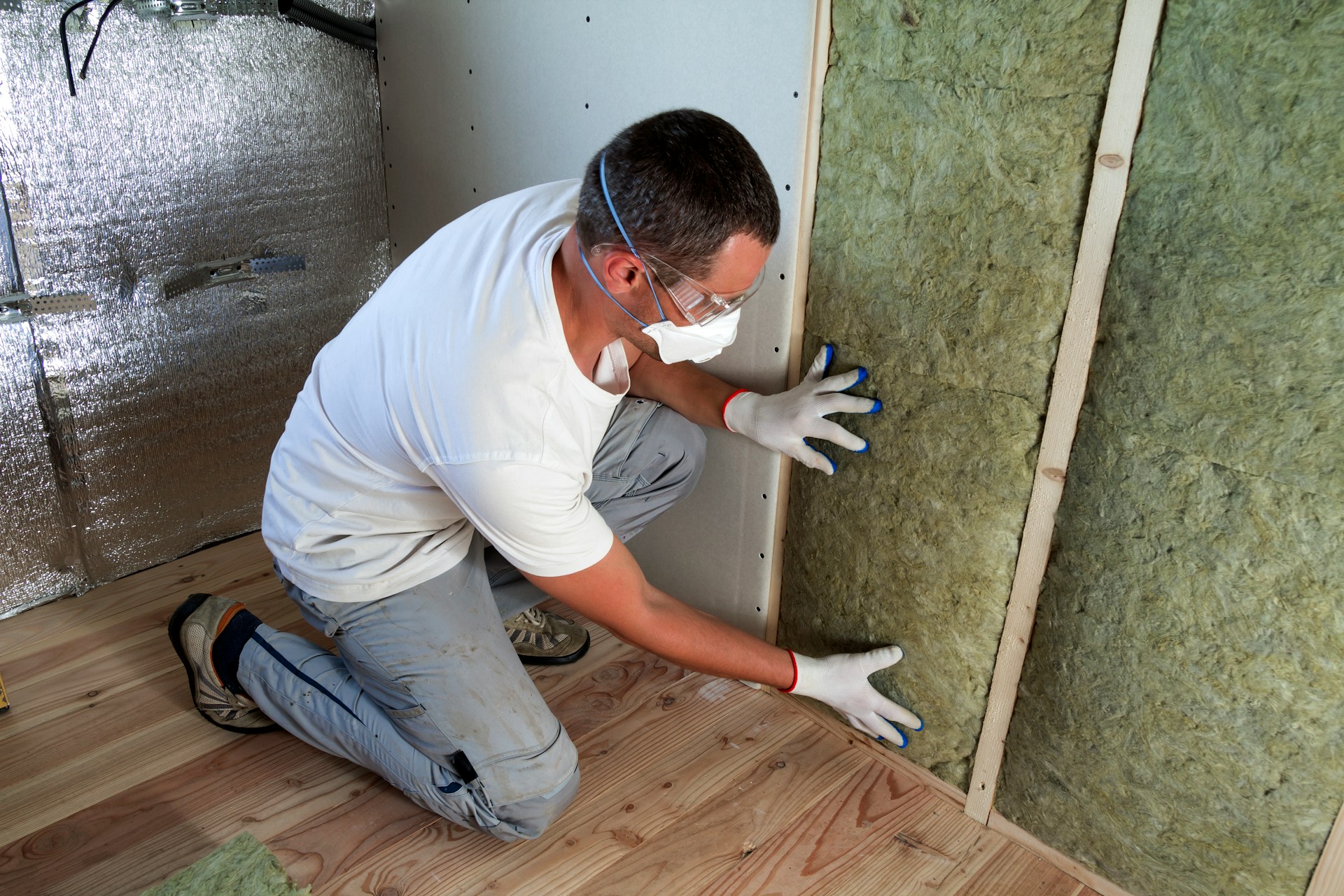Smart Energy Summit Reveals Potential for Internet-Based Devices and Services
Analysts and leaders in the energy management industry recently gathered for the Smart Energy Summit, a three-day event in Austin, Texas.
With a theme of “Engaging the Consumer,” summit participants gathered to discuss trends and research that help shine a light on consumers’ attitudes and strategies toward energy use and smart home controls. The participants discussed strategies for increasing consumer awareness of smart energy devices. Online 14 percent of U.S. households with broadband are familiar with these kind of energy-saving products, organizers said.
A lot of interesting information about household energy usage and consumers’ attitudes toward energy savings came out of the event, much of it gathered by Parks Associates analysts, who have been conducting a number of consumer studies on energy use.
Here’s a quick roundup of what Parks Associates shared:
- Only 7 percent of U.S. households with broadband made a change to a more environmentally friendly electricity plan in 2014. The researchers believe utilities need to do a better job of marketing energy-saving programs and services aimed at owners of smart-home devices.
- Twenty-five percent of U.S. households with broadband say at least one value-added energy monitoring service would be very appealing to them. More than 50 percent of households would be willing to pay $2.99 a month for a bundle that includes monitoring services for HVAC and appliances.
- Eighty-five percent of consumers took some sort of action to save energy in the past 12 months. Consumers did things such as replace light bulbs with CFLs or LEDs or invested in smart energy devices such as programmable thermostats, or lighting and power strips capable of being controlled over the Internet.
- Among Texas households with broadband, 15 percent own a smart energy device, exceeding U.S. broadband households overall, which have an adoption rate of 10 percent.
- One third of U.S. households with broadband are interested in an energy-monitoring service bundle that includes HVAC maintenance.
As more and more homes add internet-connected smart devices, we may see more opportunities to monitor and maintain HVAC remotely, or alerts that can notify a technician to make repairs before damage gets worse.










